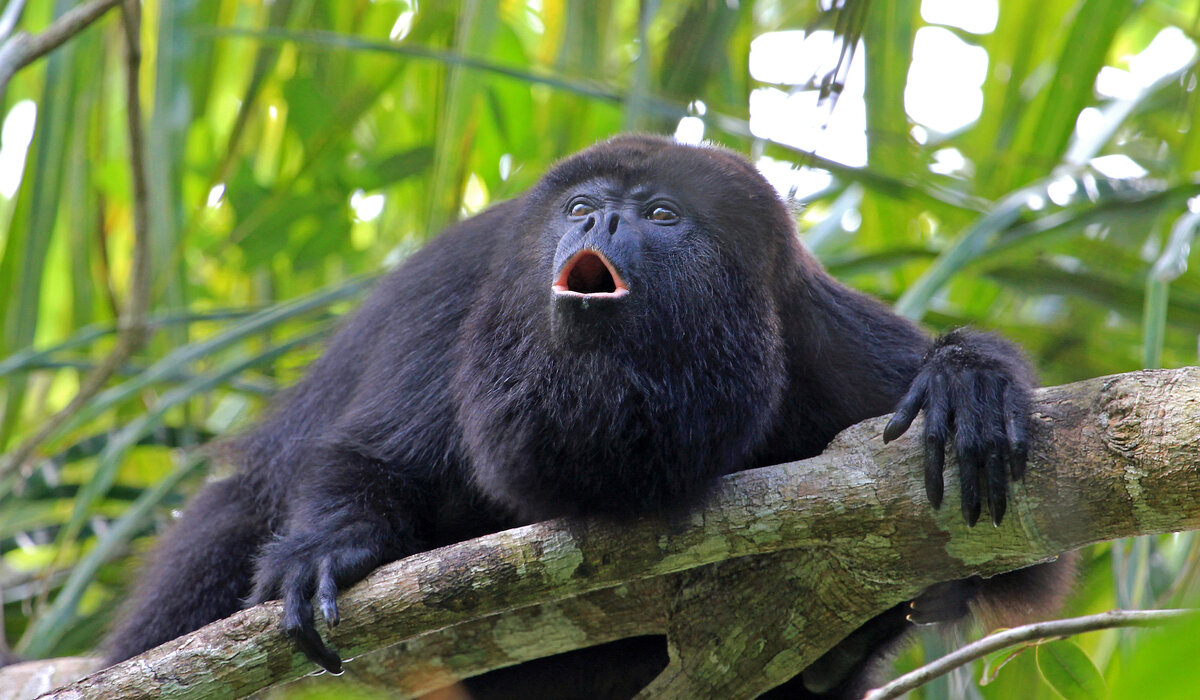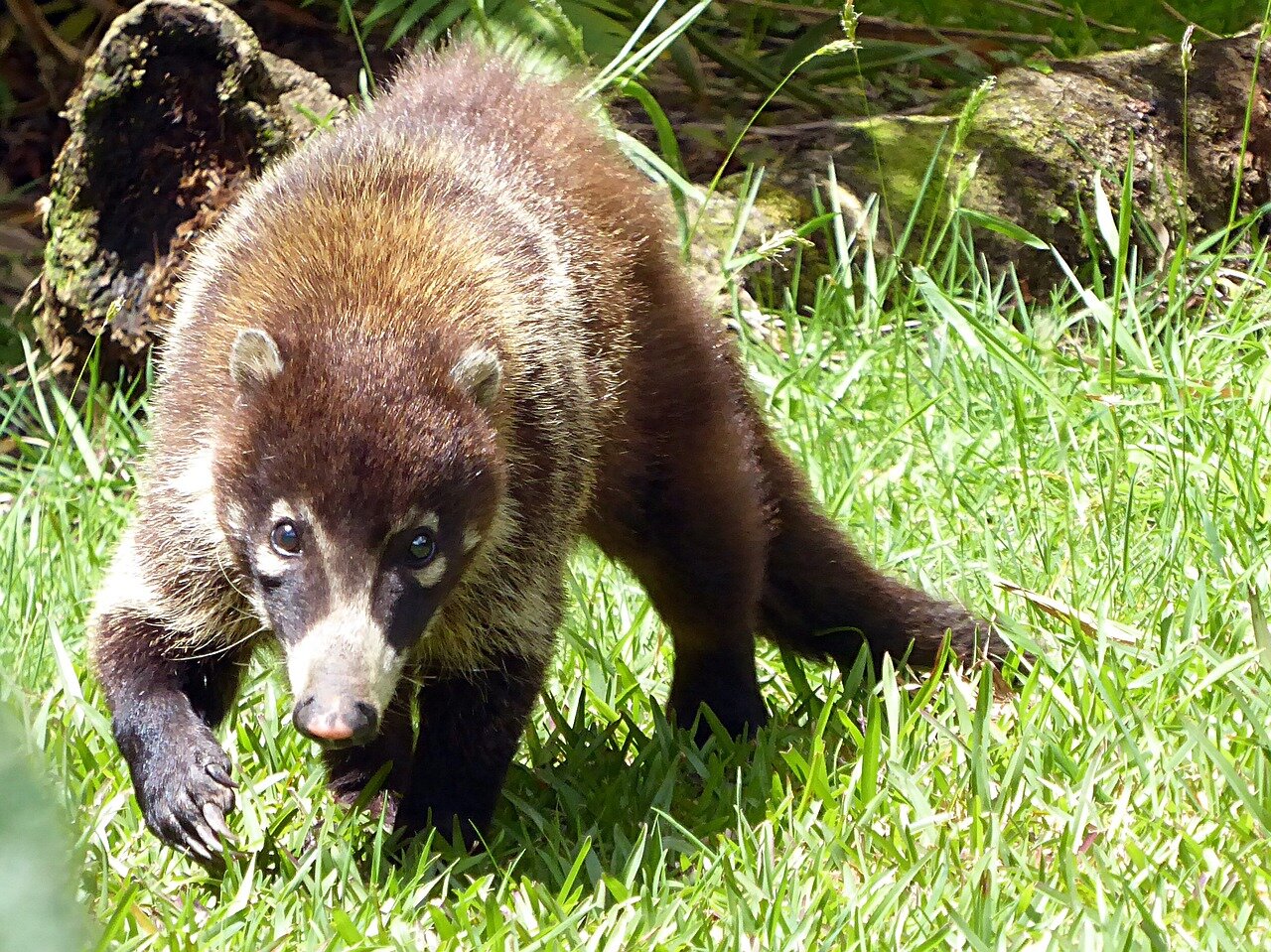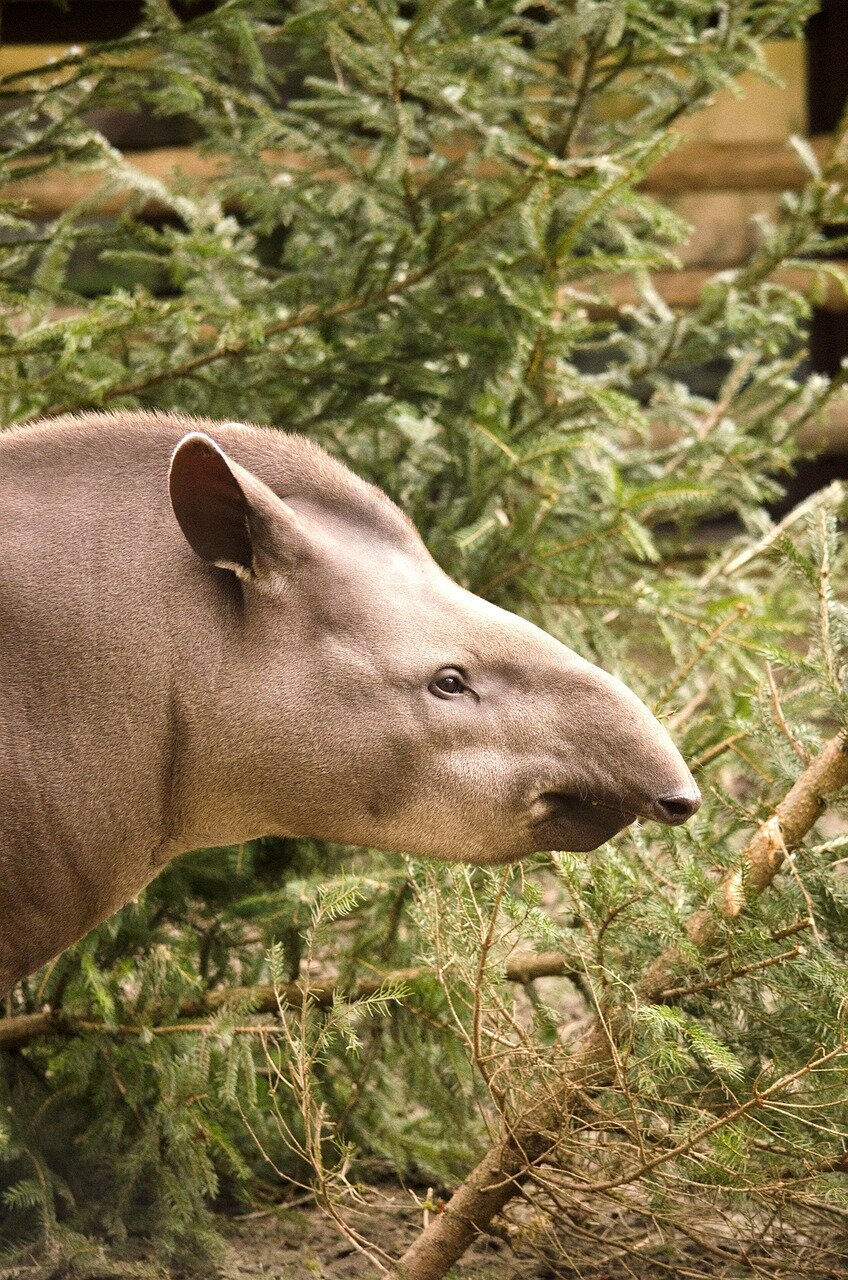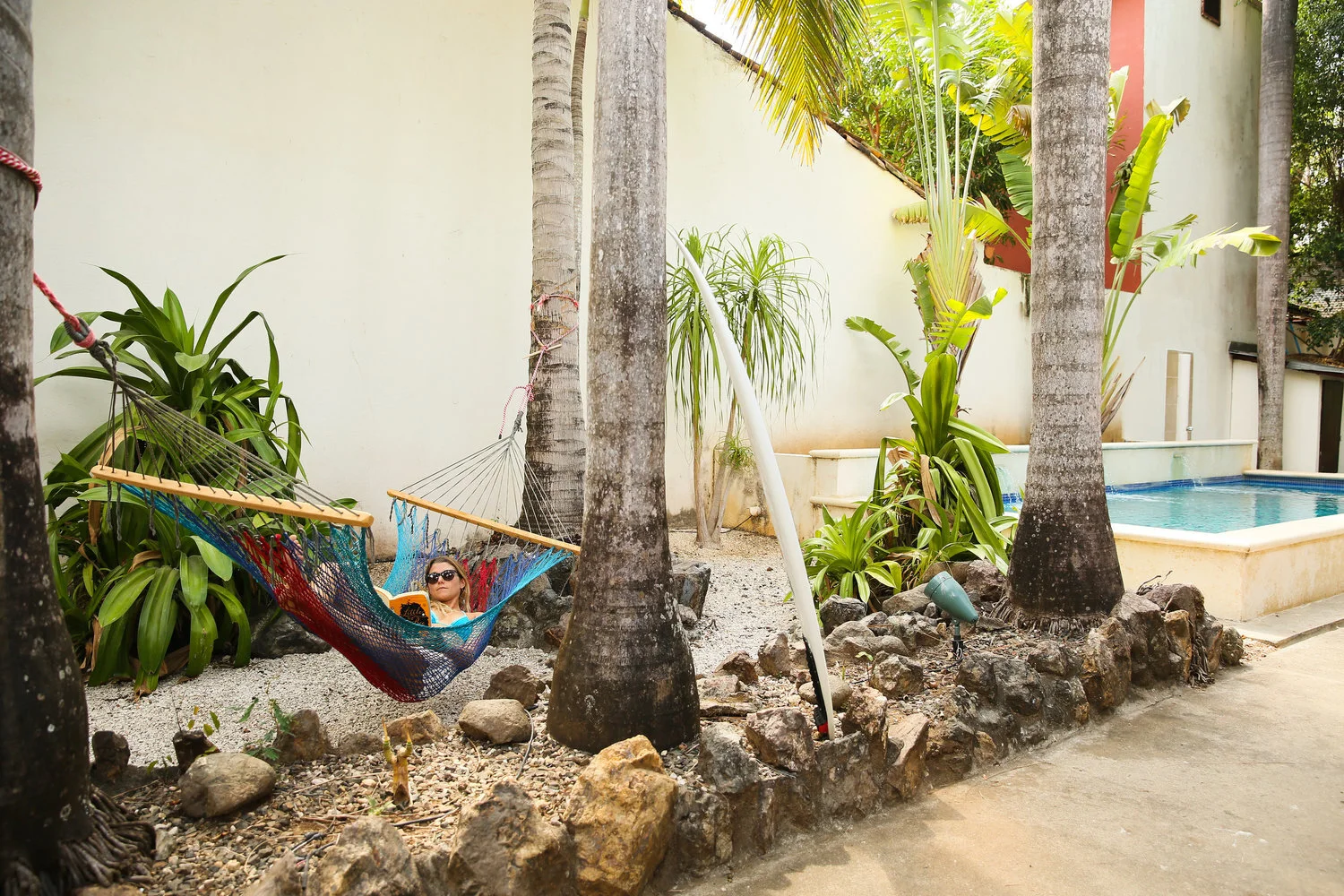Home to more than 500,000 species and boasting some of the most bio-diverse regions on the planet, Costa Rica is a dream come true for nature enthusiasts. When you travel through the rainforests, coastlines and mountains of Costa Rica you’ll be repeatedly astonished by the variety and frequency of wildlife encounters. Deserving of the description by National Geographic as "The most biologically intense place on earth” you can be fairly confident that any trip to Costa Rica’s rainforests will be full of opportunities to spot unique wildlife!
Guided walks with experts are your best bet to spot everything from charming sloths and monkeys to tiny tree frogs or perhaps hatching baby sea turtles. Below we’ve put together a helpful compilation of the most popular animals to see in this Central American paradise. When planning your trip, be sure to take note of the ‘Where To See’ recommendations as well as notes on times of the best times of year to spot each species.
Monkeys in Costa Rica’s Rainforests
Howler Monkey
Howler monkey
WHERE TO SEE: Guanacaste
Costa Rica has four different monkey species, and the most common ones are the Howler Monkeys. These black fur tree dwellers are famous for their incredibly loud calls (hence the name) that can travel throughout the dense rainforest. If you’re in Guanacaste and you think you hear a demon dinosaur roaring at you from the trees, that would be these guys. Thankfully they’re not aggressive at all and almost never come down from the treetops!
White-faced Capuchin Monkey
WHERE TO SEE: Manuel Antonio National Park, Monteverde Cloud Forest, Nicoya Peninsula
These smaller monkeys have a very distinct appearance, with white fur covering their cute and small face, upper chest, and shoulders and a black body with a sort of cap on top of their head. They are known to wander long distances and in big groups.
Squirrel monkey
Squirrel Monkey
WHERE TO SEE: Corcovado National Park, Osa Peninsula & Manuel Antonio National Park
The squirrel monkey, also called Titi monkey, has a brown orangish body color, white ears, face and throat, with a black cap on its head and mouth and the end of its tail. These petite monkeys boast a rather long tail which they use to gracefully swing through the trees of the Costa Rican rainforests.
Spider Monkey
WHERE TO SEE: Corcovado National Park & Osa Peninsula
This monkey species has 9 different subspecies producing variations in color from blonde to black from their shoulders to their tail. They wander in groups of two or three but when night comes they gather in larger groups to sleep on the top of trees. Their diet consists mostly of fruits and young leaves for extra protein.
Sea Turtles in Costa Rica
Costa Rican sea turtles are one of the nation’s most beloved creatures. Since many species are endangered or under threat locals and tourists have learned to protect their habitats and have turned many of their nesting grounds into protected sanctuaries. There are four different species that frequently visit both coasts at various times of the year.
The Leatherback Sea Turtle
WHERE TO SEE: Tortuguero National Park, Las Baulas National Marine Park, Guanacaste
Baby leatherback turtles heading out to sea
The largest living sea turtle, the leatherback has been traversing the world’s oceans for over 100 million years. These massive creatures can often reach 6 feet long and weigh as much as 1500 pounds, though the largest ever recorded was 10 feet long and 2000 pounds! Your best bet to spot one is between September to March on the Pacific side or from March to May on the Caribbean side. Las Baulas National Marine Park (where Playa Grande is located) is the second largest nesting side in the world. Even if you don’t get to spot one of the adult turtles, look out for their massive tracks in the sand when low tide is in the mornings. Or perhaps you’ll be lucky enough to see baby turtles hatching and making their way into the waves!
Olive Ridley sea Turtle
WHERE TO SEE: Ostional Wildlife Refuge, Nicoya Peninsula, Santa Rosa National Park, Guanacaste
Year after year, these small sea turtles travel back in droves to lay their eggs along the beaches of Costa Rica. This massive nesting event is called arribadas and though it is hard to predict exactly when it will happen, typically September and October are the best months to try and witness the turtles coming ashore in mass.
Green Sea Turtle
WHERE TO SEE: Tortuguero National Park, Osa Peninsula
Tortuguero National Park on the Caribbean coast is known to be the largest nesting location in the western hemisphere for Green Sea Turtles. From July to October you can spot this large sea turtle, second only to the Leatherback in size. A full grown adult might weigh as much as 500 pounds!
Hawksbill turtle
Hawksbill Sea Turtle
WHERE TO SEE: Gandoca-Manzanillo Wildlife Refuge, Osa Peninsula
This turtle is the most critically endangered in Costa Rica’s waters and therefore the least frequently seen. Their uniquely beautiful shells have unfortunately caused them to be hunted prolifically. To spot them on the Caribbean coast the best times to visit are between March to July, and on the Pacific side form July to October.
More Sea Life in Costa Rica
Humpback Whales
Humpback whale
WHERE TO SEE: Marino Ballena National Park, Osa Peninsula & Manuel Antonio National Park
Costa Rican waters are uniquely situated to welcome not one but two migrations of Humpback Whales throughout the year. Large numbers migrate south from the US coasts to escape the northern hemisphere winter, and when winter begins to descend on the Antarctic another group of humpbacks migrate north to Central America in the longest migration of the animal kingdom. The best times to see them pop above the surface is from July through October.
Unique critters in Costa Rica’s Rainforests
Red eyed tree frog in Costa Rica
Red Eyed Tree Frogs
WHERE TO SEE: Monteverde Cloud Forest Reserve & Manuel Antonio National Park
If there were one animal that represented Costa Rica, it might just be the tiny and humble Tree Frog. Known for their bright red eyes and neon green bodies flanked by orange feet, as well as blue, yellow and purple streaks these vivid critters use their colors strategically. They awake in the evening and will make loud, distinct calls. If you learn to recognize these calls they can become easier to spot though their calls are short lived and once night falls they’re not quite as noisy.
Spotting a sloth is sure to put a smile on anyone’s face!
Sloths
WHERE TO SEE: Puerto Viejo, Monteverde Cloud Forest, South Pacific & Osa Peninsula
Arguably the most sought-after wildlife sighting in Costa Rica, these remarkably slow-moving creatures are undeniably cute. There are two different species of sloths in Costa Rica: two-toed sloths, a more nocturnal species, and three-toed sloths, which are more likely to be seen wondering around the trees during the day (and the ones that look like they have a perma-grin plastered on their face.)
Coati of Costa Rica
Coati
WHERE TO SEE: throughout Costa Rica
Coatis are carnivorous creatures found all over the country because they adapt to almost any weather found in Costa Rica. From the hot and dry forests, to the colder mountain areas, these long-tailed animals are often not too shy around humans so getting close is a possibility. They tend to move around in large groups and can be spotted during the day.
Unique facial structure of Tapirs
Tapir
WHERE TO SEE: Corvocado National Park, Santa Rosa National Park & Monteverde Cloud Forest
These lonely forest giants are commonly seen in the dense forest where temperatures are humid. The Baird tapir is known for being one of the most exotic species found in Central America. They look like a cross between a smaller sized elephant with a shorter trunk mixed with a rhino.
Peccary
WHERE TO SEE: Puerto Viejo de Sarapiqui & various National Parks
Cute and small wild pigs that are found all over the country, in the dry forest, the rainforest and many agricultural areas. They adapt to their environment quickly and are able to find food and water easily. These critters live and wander in groups and although they look adorable they can be aggressive and loud with one another as they compete to maintain hierarchy within their herd.
Kinkajou
WHERE TO SEE: Corcovado National Park, Santa Rosa National Park, Monteverde Cloud Forest
Kinkajous are nocturnal animals that are known for their sweet tooth. With a diet of mostly fruits and flower nectars, they can sometimes be spotted commandeering hummingbird feeders. Tree-dwelling with long tails that help them swing and climb from branch to branch, Kinkajous live in big family groups in the canopy.
Tropical Birds in Costa Rica
Keel-billed Toucan
Toucans
WHERE TO SEE: Corcovado National Park, Monteverde Cloud Forest
Costa Rica is home to six different Toucan species. The one’s you might see the most are the Chestnut-Mandibled Toucan with its bright yellow and dark red bill, and the Keel-Billed Toucan which has a bright yellow neck with splashes of green, blue, orange and red. Their diet consists exclusively of fruits which explains why Fruit Loops mascot is a colorful Toucan.
Scarlet Macaw
Scarlet Macaw
WHERE TO SEE: Carara National Park, Manuel Antonio, Osa Peninsula and Golfo Dulce region
This species of Macaw has a creamy white color around its face with bright red plumage covering most of its body, accented by blue, green and yellow making a rainbow down the length of their wings. They are known to be the largest parrots in the whole world so spotting one of these vibrant birds is a real treat!
Quetzal in Costa Rica. Photo: Francesco Veronesi
Quetzal
WHERE TO SEE: Monteverde Cloud Forest
Known as the emerald jewels of the cloud forest, the striking colors of Quetzals make them a sought-after bird species to see in Costa Rica. Unfortunately, they are also difficult to spot as they are an endangered species. The best chance to spot them is at the peek of breeding season between February to May when local guides are often able to identify the nesting trees.
From volcanoes to lush waterfalls and pristine beaches to dense cloud forests you can choose your own adventure and immerse yourself in the nature, culture and incredible close encounters with Costa Rica’s wildlife.























The diverse landscape of Costa Rica is a direct reflection of the local cuisine. Its vibrant fusion of flavors draws influences from indigenous traditions, Spanish colonial heritage, and Afro-Caribbean culture. From hearty rice and beans to delicate seafood dishes, the culinary landscape of Costa Rica offers a delightful journey for food enthusiasts.